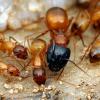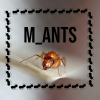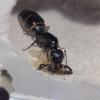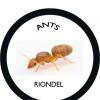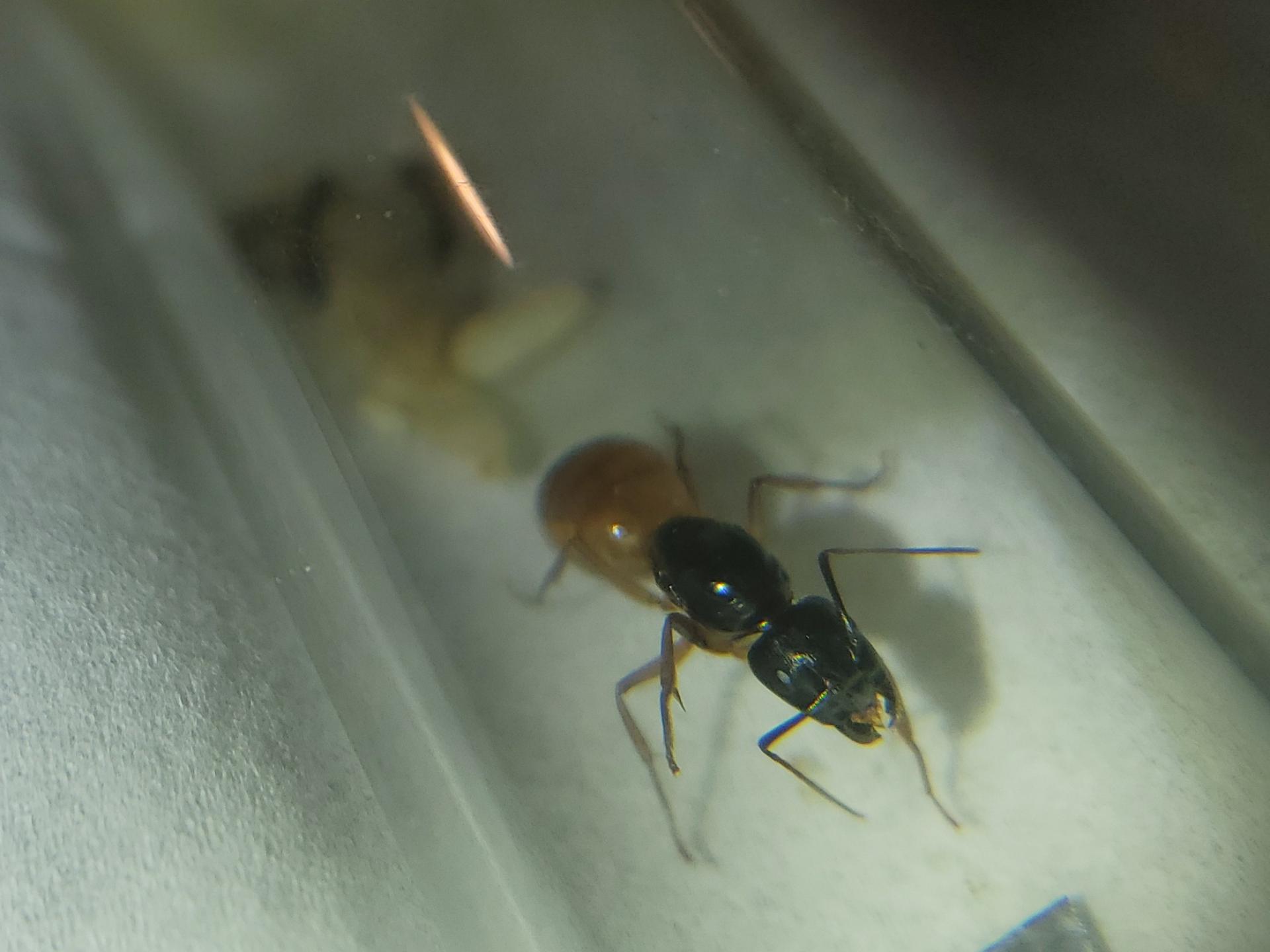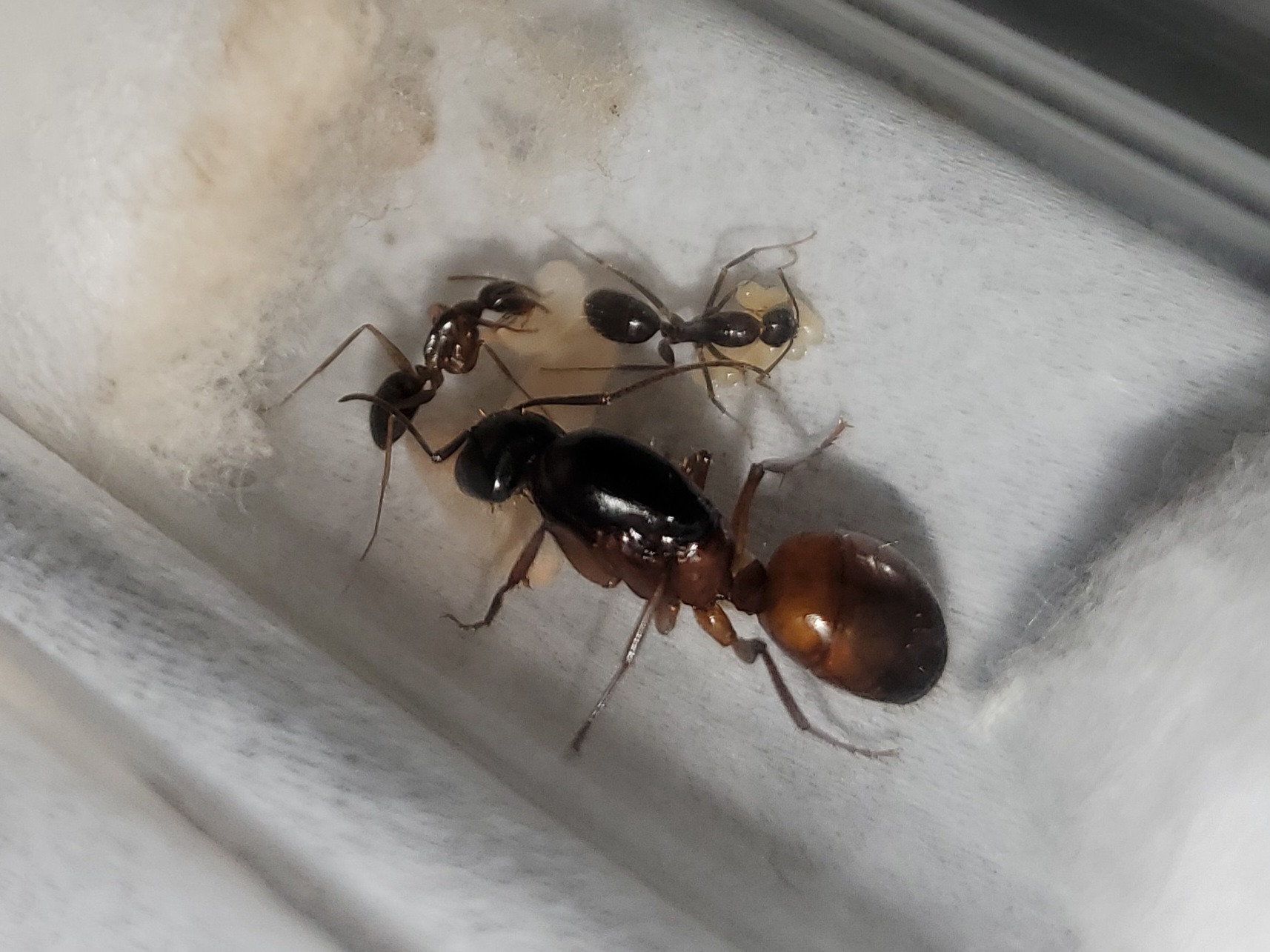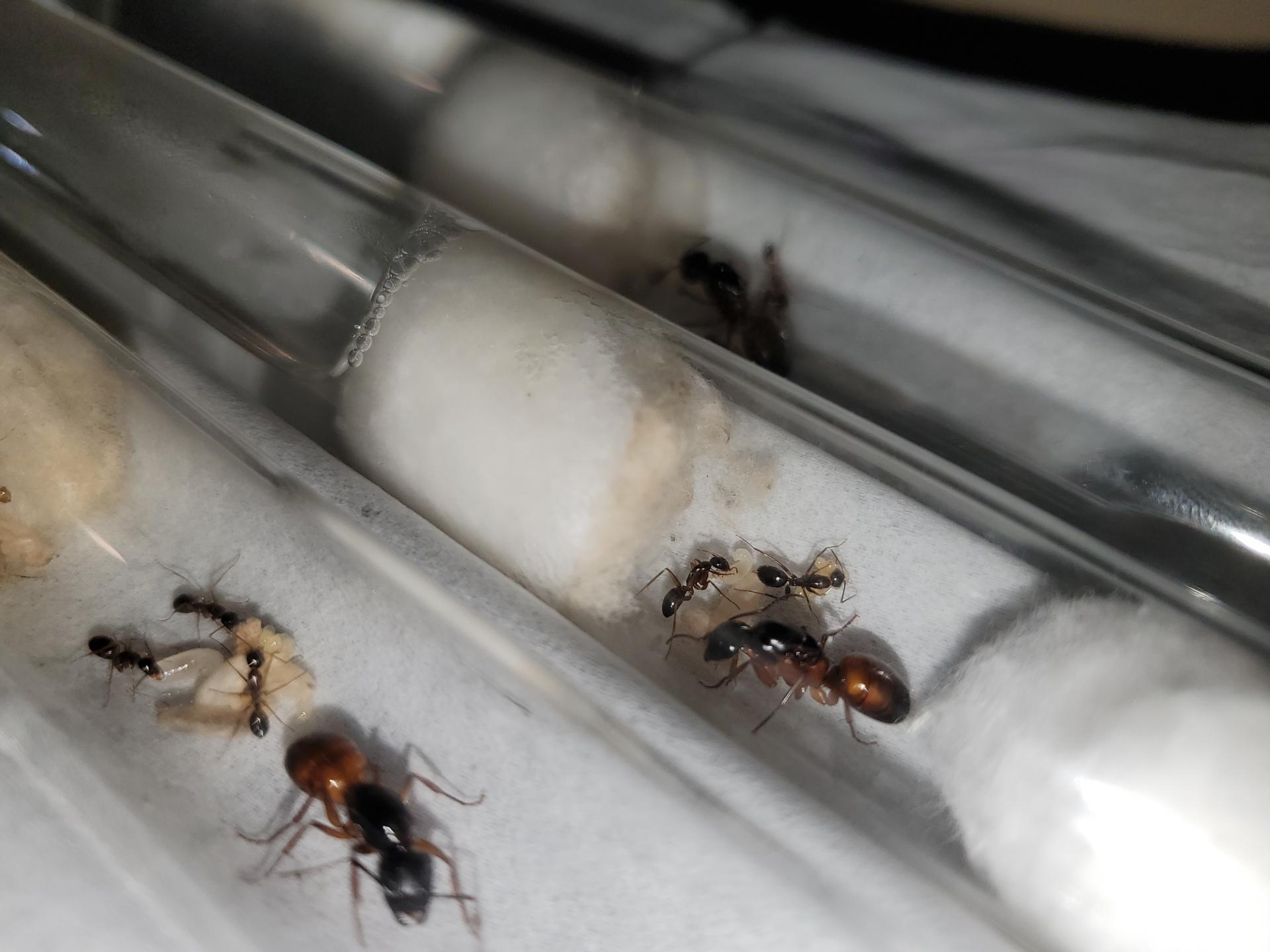I caught a bunch of Camponotus last September, in Northern California-to my surprise they had a second flight of the year. I put them on heat but they did not lay eggs, so I figured they need hibernation. I put half of them in a wine cooler with the rest of my ants and hibernated them for a few months, and left the other half at room temperature. I recently took one half out of hibernation, and neither group has laid eggs yet. I'm still hopeful at least the hibernated group will lay eggs soon enough, but I wanted to ask-does anyone else have experience with fall flying Camponotus? The ones I catch in the spring usually just immediately lay eggs and continue to grow. Thanks!
Edited by buglover123, February 22 2022 - 3:07 PM.

